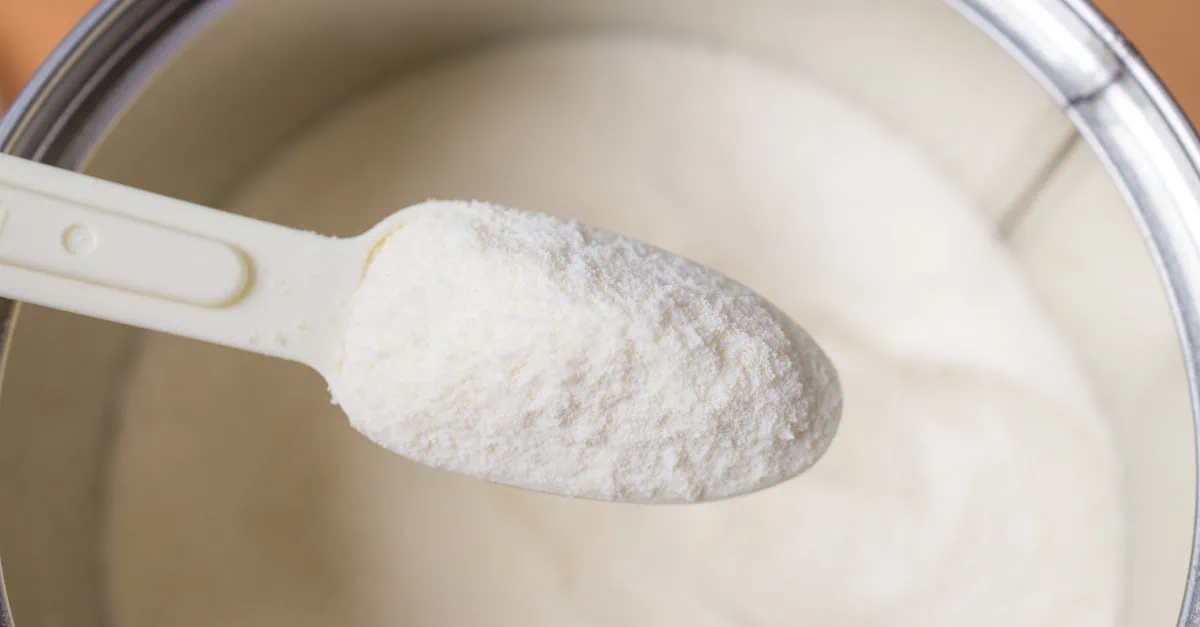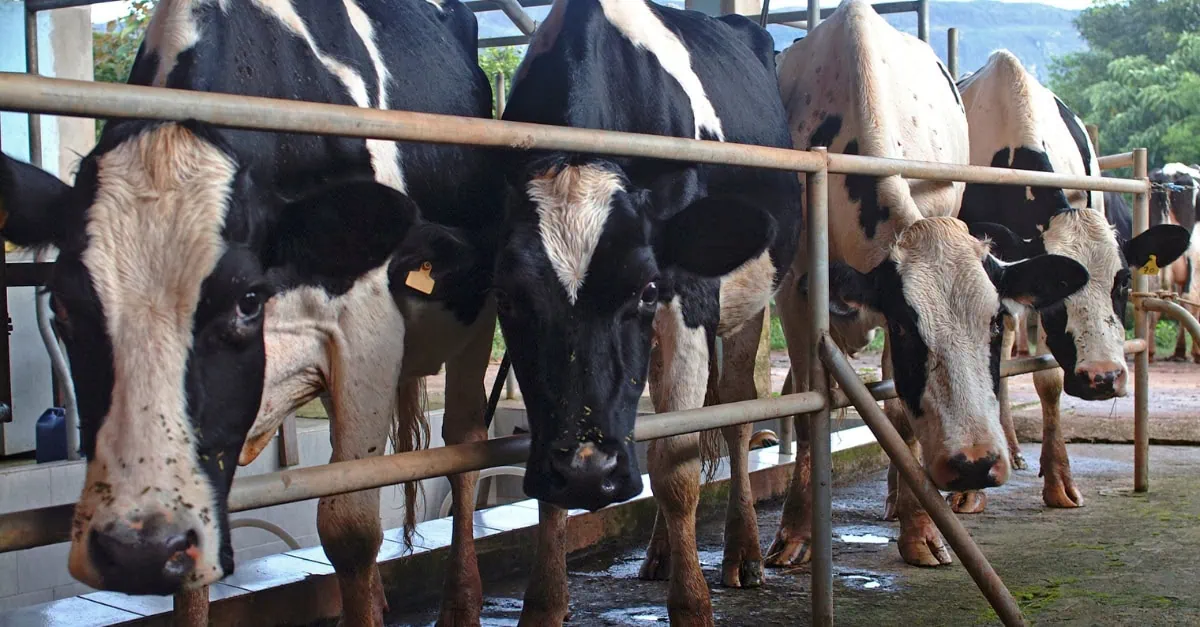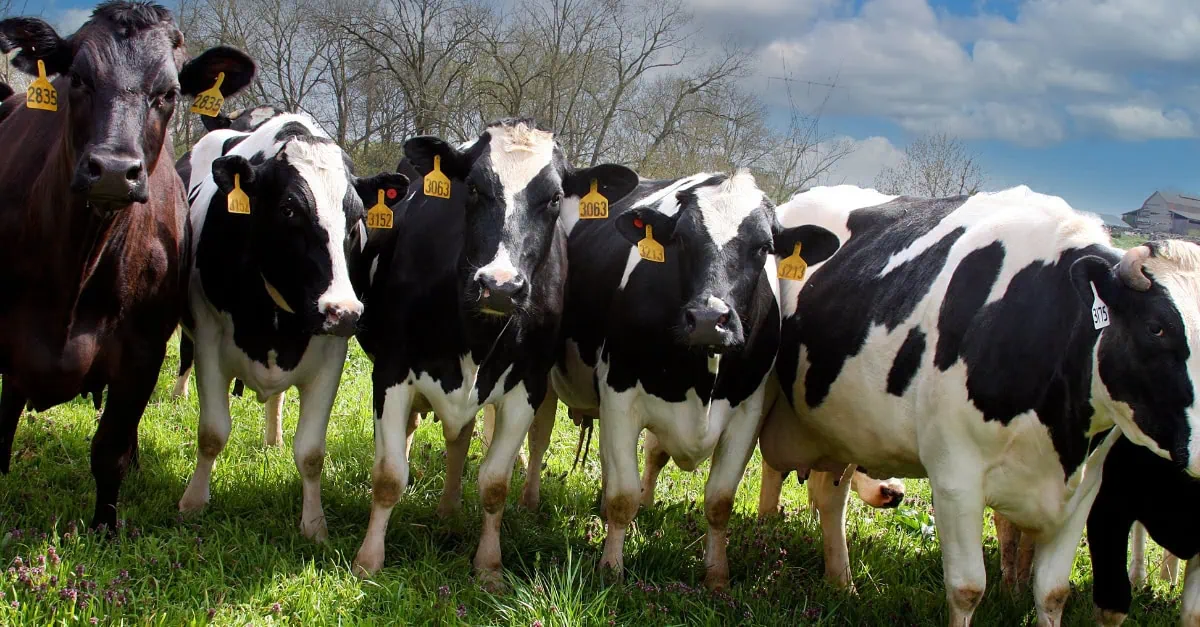Higher milk production across major dairy regions is putting significant pressure on dairy prices, with timing mismatches between commodity and retail prices creating demand destruction that persists even after wholesale prices have fallen.
Global milk supply continues to overwhelm demand, with the US producing heavily for months, Europe running strong, and New Zealand now entering peak flush season, adding significant volumes to markets already under pressure from existing oversupply.
US cheese prices for blocks fell to their lowest level so far this year. Milk production is strong, and although not currently reported, cheese production is likely to be as well. Domestic consumption is sputtering due to higher prices, and global competition with Europe and Oceania is fierce.
Butter provides a clear example of timing mismatches. The September-to-September comparison reveals a $2.77/lb spread between CME spot prices and FRED consumer prices, more than a dollar higher than typical stable market periods. CME butter has dropped significantly since September, now trading around $1.48/lb, while retail prices haven’t caught up. The spread between commodity and consumer prices is now larger than the commodity price itself.
These timing delays are part of doing business, but delayed responses cut both ways. Demand destruction from high retail prices continues even after commodity prices have fallen. When retail prices eventually drop, the supply response lags behind actual market needs.
New Zealand’s dairy sector continues to defy gravity. October milk solids collections jumped 2.8% year-over-year, marking the strongest October performance since 2018. Fonterra’s $10/kgMS milk price forecast keeps margins high, incentivizing farmers to boost feed inputs despite mediocre pasture conditions nationwide.
New Zealand faces a particularly difficult version of the timing problem. Their forecast-based milk pricing means farmers commit production based on early-season forecasts, but actual payouts depend on market conditions months later. GDT prices have fallen for seven consecutive events, with WMP down 21% since May.
European dairy production data confirmed the dramatic shift in the continent’s supply picture. Germany and France posted significantly higher output in September. German butter production surged 24.77% compared to September 2024, reflecting both abundant milk availability and processors maximizing butterfat utilization. The year-to-date picture reveals how dramatically sentiment has shifted, with the second half of 2025 showing exceptional growth that has more than offset weaker early months.
This article is part of a more comprehensive US dairy market analysis. For the full analysis visit: https://app.vespertool.com/market-analysis/2466





